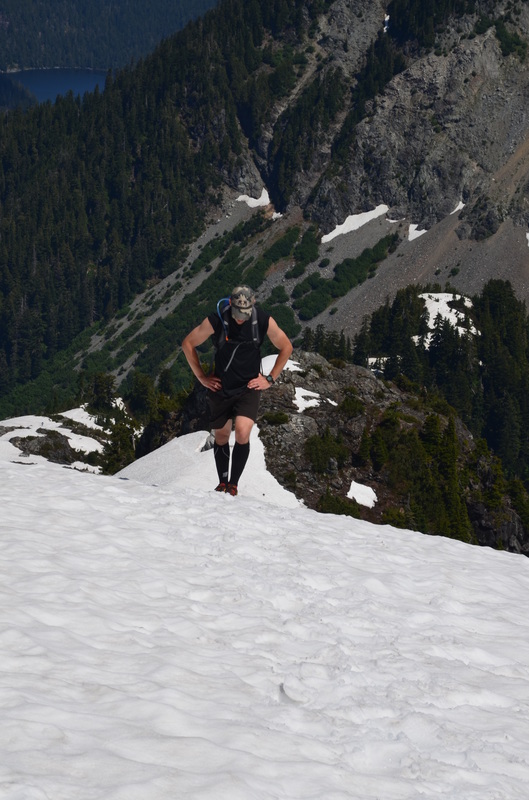The world’s mountains represent some of the most harsh, austere environments on the planet. In a single day you can encounter snow, rain, and blistering sun and everything from loose shale, to moderate ridge lines and near vertical rock faces.
In short, the mountains are as unforgivable and unpredictable as it gets.
Add in the fact that the animals themselves dictate each and every one of our decisions and the mountain hunter must be prepared to deal with virtually any terrain and any demand the mountains and our quarry throw in our path.
We call this a dynamic environment.
Complex problem solving, inferences and decision making are integral for both success and safety in the mountains and the last thing you should be worried about is the capabilities of your own body. It is after all the single most important piece of equipment you own and your mental and physical fitness is entirely within your control.
But training for these dynamic environments is not a simple task. As we’ll discuss in next month’s Mountain Fitness column, specificity is paramount but training with specificity for constantly changing and unpredictable demands and conditions is a bit of a Catch-22. How do you train with specificity for an unknown, unspecified situation?
Sure, we can predict what we’ll encounter and if you hunt the same area every year you may even know what sort of terrain you’ll encounter but on any given day you could plan to head out for a 3 hour morning hunt that turns into a 10 hour pursuit into the unknown.
When devising a training program geared towards mountain hunting, the key is to utilize exercises, techniques and methods that maximize adaptability. To be clear, there is no replacement for lacing up the boots, throwing on a loaded pack and hiking into the mountains but for most of us that can only happen on the weekends.
During the week, your training should focus on dynamic movements and programming that prepares you for any foreseeable situation. Starting today we’ll be posting one workout per week until the June issue goes live in the middle of the month. Only you know whether you can handle these workouts, and these are not recommended for each and every one of you.
If you have any doubts about your abilities, own that shit.
These are nothing more than examples of the types of workouts we utilize to prepare ourselves for multi-day mountain hunts. Try at your own risk.
The following workout is for time and an outdoors/minimal equipment based workout, this does not mean that all training should fall within this “WOD” style of training but this is a highly effective workout for building what’s called power-endurance (aka horsepower).
It should go without saying that all training sessions are preceded by a proper warm-up. “Proper” means proper for YOU.
10 broad jump burpees
- this is a burpee with a broad jump at the end instead of a jumping jack/jump into the air…strive for MAX distance on the broad jump
8-10 chin-ups, ideally using a branch so your grip and core are challenged
- alternating grip, add weight if necessary to keep reps challenging at this number
10 stone throw thrusters
- starting in a deep squat position explode stone into air as high as possible, pay attention to the stone while in air; can also be done with a kettlebell
8-10 log carries up an incline, ideally 30 – 60 yards to top
- hold log in front squat position; log should ideally in the 50+ lb range and more than 4 feet long to challenge rotational stability while walking
15 log/rock jumps
- think box jump but onto log or rock 18″ – 20″ off ground
Rest 2-3 mins (or until HR recovers) and repeat entire circuit 2-3 times


